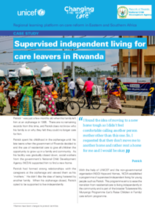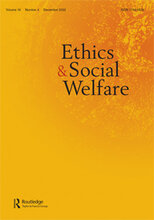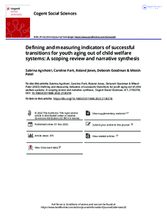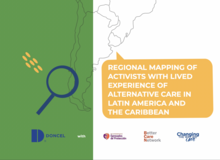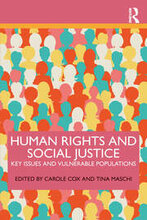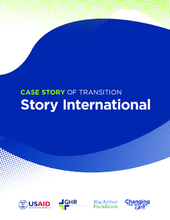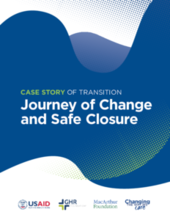Displaying 91 - 100 of 983
This case study examines the transition of Patrick from residential care to being supported to live independently through a programme of supervised independent living for young people. This programme aims to ease the transition from residential care to living independently in the community and is part of the broader Tubarerere Mu Muryango Programme (Let’s Raise Children in Family) care reform programme in Rwanda.
The government of Rwanda is in the final phases of its care reform program. Having reintegrated the majority of children from residential care back to families and communities, they are now working on the reintegration of children with disabilities. In this webinar, we hear from policymakers and practitioners on how this has been done and key lessons learned.
This study explores young people’s perceptions of their existential well-being during the transition after leaving care. The study involves peer research with young people leaving care in Finland and England.
This study represents a scoping review and narrative synthesis that sought to identify indicators used to measure the success of aging out youth in North America and their corresponding methods of assessment.
This is the first regional mapping of activists with care experience in Latin America and the Caribbean.
In this chapter of the book 'Human Rights and Social Justice', the authors focus their attention on issues and challenges facing rural youth who have exited care, with special consideration of First Nation or Indigenous youth in Canada, and offer a multidimensional framework that can support anti-colonial and anti-oppressive models of practice.
This document answers the most frequently asked questions surrounding family strengthening and alternative care in India while also addressing misconceptions around it. It aims to help practitioners, child protection workers and researchers to build their understanding of family strengthening and alternative care in India. This document has been developed in accordance with the Mission Vatsalya Guidelines.
This case story is meant to illustrate transition, the actors involved, the challenges and the success factors; recognizing that each transition is an individual process with different starting points, different dynamics and different evolutions. Story International’s transition example demonstrates the ups and downs of divesting from the orphanage model.
Sri Lanka government officials visited the state of Rajasthan in India to view family-based care models that will inform Sri Lanka’s child protection system as the country transitions into an innovative approach that supports children in family settings. CERI, in partnership with UNICEF Sri Lanka and UNICEF India, hosted the delegation’s visit to family-strengthening, foster care, and group foster care models implemented by Foster Care Society and the Department of Child Rights in Rajasthan.
The Journey of Change and Safe Closure case story demonstrates the process of early engagement and awareness to supporting the long-term reintegration of children in families.

